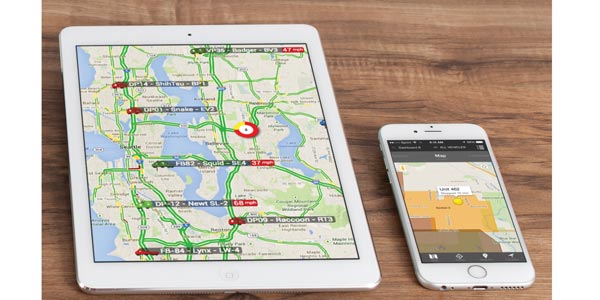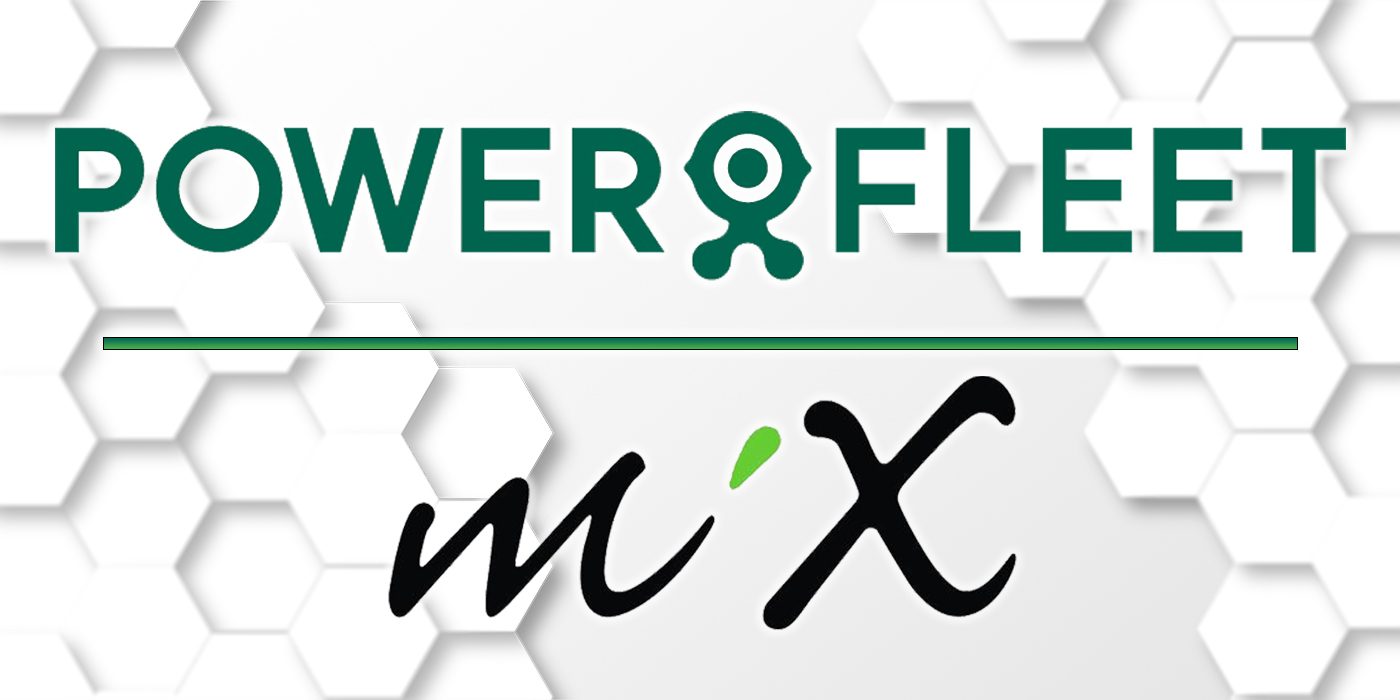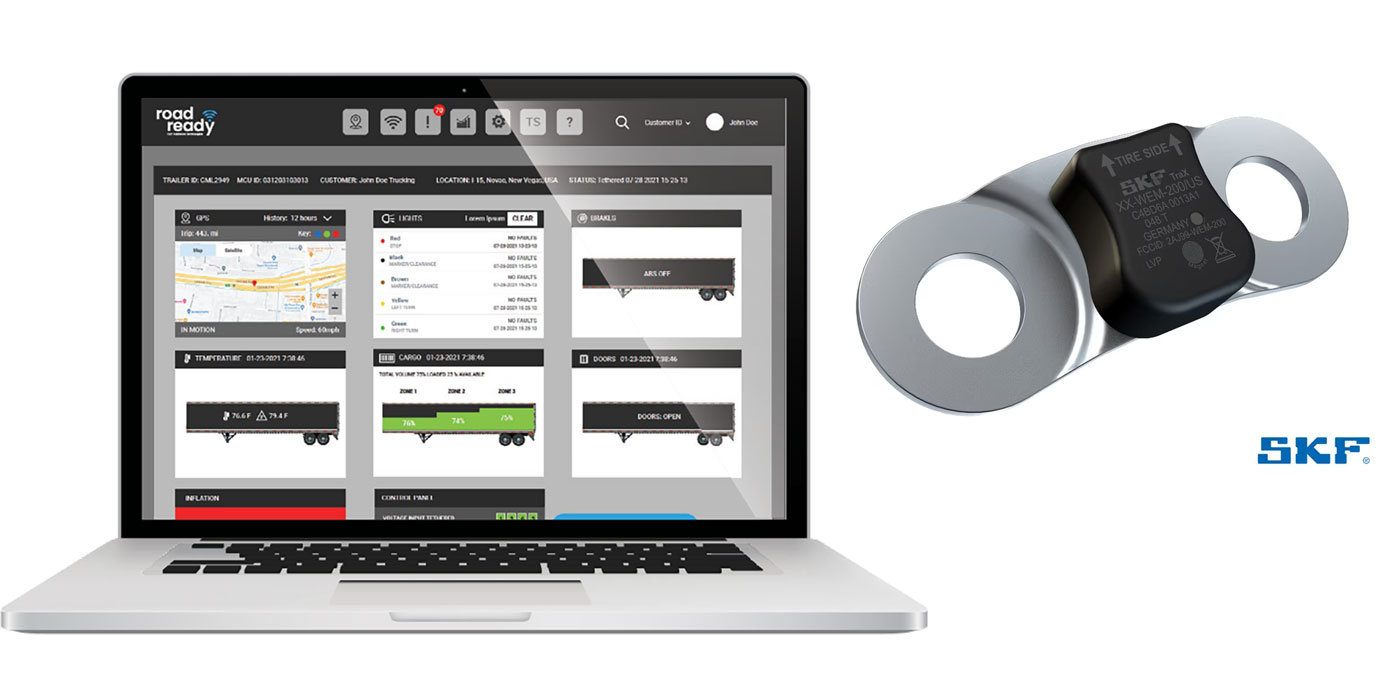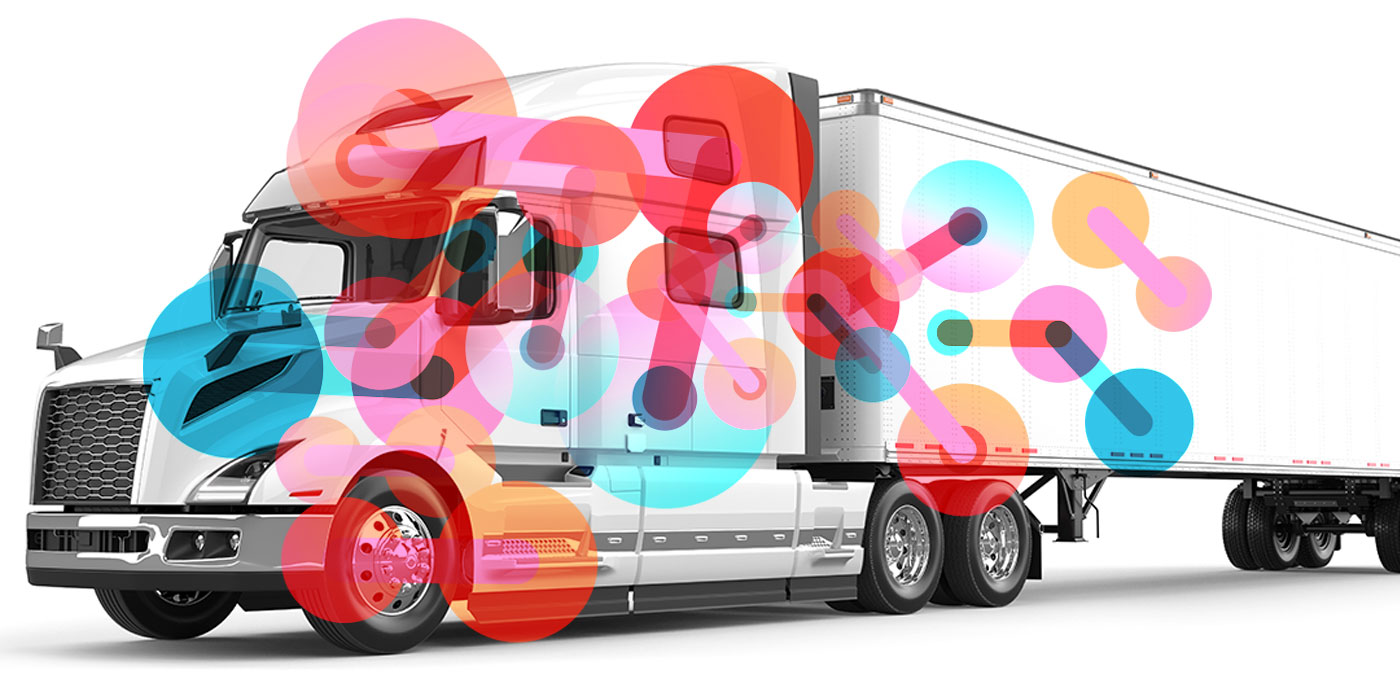
Motor carriers are facing industry-altering challenges such as driver shortages, which directly reduce available capacity and thereby the ability to meet the demands of fleet customers, notes Kerynn Holtzman, vice president of customer experience at SkyBitz. “Equipment utilization is at an all-time high and that makes it much more critical to efficiently manage trailers,” she says. “It’s important to focus on having real-time visibility to not only the location of assets, but the status of those assets.”
On a daily basis, Holtzman says that fleets should be concerned with four key factors. First is the distance to the nearest available trailer for dispatch; second is the capacity status of that trailer for targeting empty units; third is whether it is connected to a tractor or untethered; and the last is whether it is road-ready. “Using tracking and telematics solutions,” she adds, “fleets are able to have that information and more effectively run their businesses and deliver on time for their customers.”
Connected technologies enable fleets to act more rapidly to provide visibility in an ever changing operating environment, relates Gerry Mead, executive director of innovation at Phillips Connect Technologies. “Smart trailer telematics do that and more,” he says. “They are completely connected all the time and provide information such as location, maintenance condition and operational status, along with instant alerts demanded by trucking companies.
“This increase in visibility to trailers, container or chassis with advanced communications capabilities takes the telematics of old to new levels,” Mead continues. “That prevents costly unplanned events, which lead to driver dissatisfaction, loss of revenue and poor utilization.
“A smart trailer system is designed to have a direct impact on lowering the annual cost of maintenance for that asset as well as improve utilization,” Mead adds. “Controlling maintenance time alone leads to many more productive hours of use. Lastly, it enhances safety, which really has no price tag but does lower a company’s exposure to risk and associated legal issues.”
In an industry with slim margins, high risks and abundant regulations, the benefits of trailer telematics include real-time visibility for greater productivity and enhanced business decision-making, says Roni Taylor, vice president of strategy and business development at Spireon. “Companies that opt to implement trailer tracking systems can streamline operations, optimize trailer pools and maximize ROI by ensuring the carrier’s assets are being utilized and maintained adequately and efficiently.”
Knowing the location and status of trailers is a key component in managing a fleet, Taylor notes, but understanding and utilizing the actionable data delivered by a true trailer intelligence system—rooted in an advanced connected vehicle platform—is what helps ensure that fleets optimize business practices for efficiency, driver retention, growth and profitability.
“Trailer location and status information can save valuable time, which can enhance trailer utilization by helping fleet managers rebalance trailer usage,” Taylor continues. “Real-time alerts associated with trailer hook ups and disconnects, door open and close activity, and sensors that indicate the presence or absence of cargo supply actionable insight, and allow fleets to respond quickly and effectively.”
Trailer tracking technology can help fleet managers use existing assets more efficiently by understanding utilization, points out Ryan Driscoll, marketing director at GPS Insight. “Understanding utilization helps in identifying route inefficiencies, under-utilized vehicles, and units that don’t match the needs of the fleet,” he says. “The result is a fleet of vehicles that fits the operational needs of the organization.
“Rightsizing is a key to continued operational efficiency,” Driscoll adds. “With trailer tracking solutions fleet managers can discover how often specific trailers are used, where trailers are located at any given time, the health of trailers based on the cost to maintain them, and ultimately how profitable each trailer is in a fleet.”
The most obvious benefit of trailer telematics systems is asset tracking, notes Paul Sniegocki, vice president of engineering and chief technology officer at Truck-Lite. “Maximizing fleet efficiency starts with utilization, and trailers can’t be used if they can’t be located,” he points out. “In addition, depending on a system’s reporting capabilities, fleets are able to learn of events as they happen on the road, which can help anticipate or avoid downtime.”
Al Anderson, director of heavy-duty sales at Peterson, says that any fleet currently using telematics or planning to add telematics to track trailers has already figured out many of the benefits of those systems. “Things like GPS tracking and geofencing are great optimization and equipment utilization tools,” he relates, “but fleet managers will also realize the full value of adding trailers with telematics when they begin to take advantage of other items.”
For example, according to Anderson, early warning of wheel-end and tire issues, and things like an inoperative light can help eliminate a violation and fine. Indications of an open door or an interior trailer temperature issue can help prevent the loss of a load and a resulting cargo claim. ABS events, which can be an indication of hard braking, can help improve safety.
“Realizing the full ROI of trailer tracking and telematics systems depends on several factors,” Anderson continues. “A fleet’s use of data based on their needs or application enters into the equation. Realizing an acceptable ROI is fleet specific, and something to be carefully considered when choosing a system to deploy.
“Full realization of the return on investment will also be dependent on input from all the stakeholders within the fleet,” Anderson adds. “Different departments have different needs and uses for information, so it is important to consider everyone’s point of view to maximize the return on trailer telematics technologies.”













